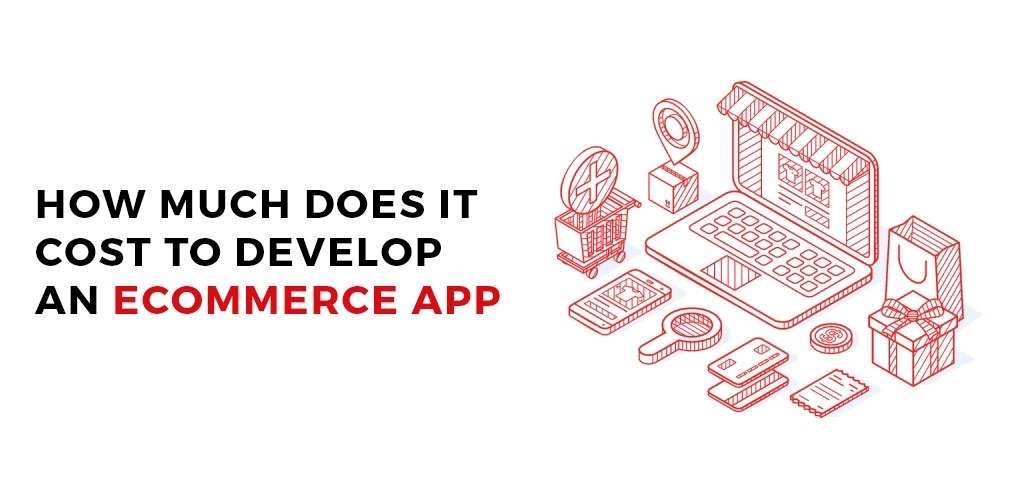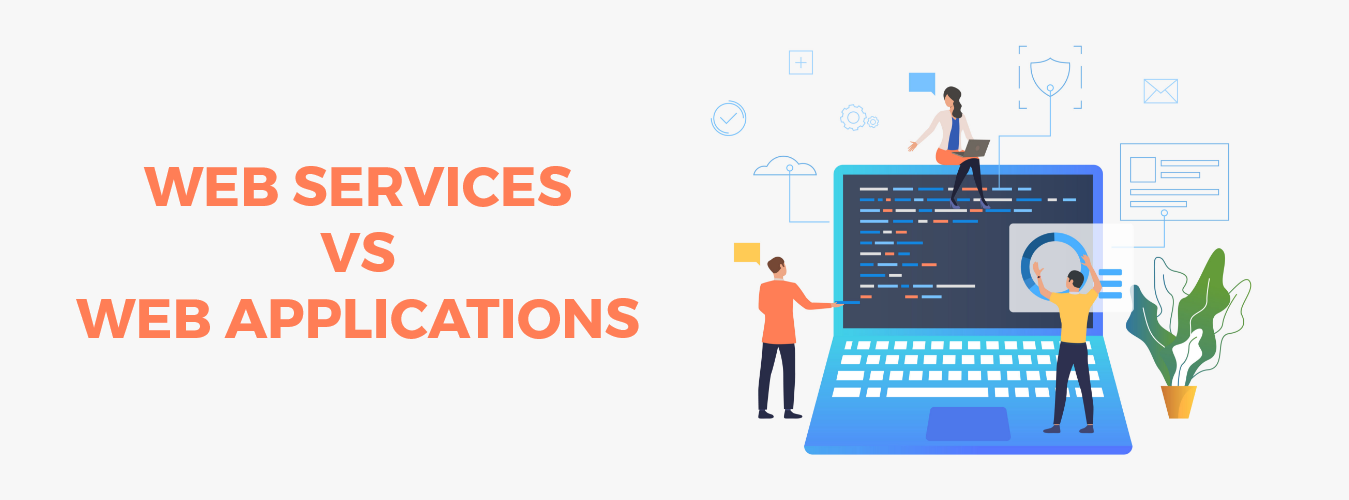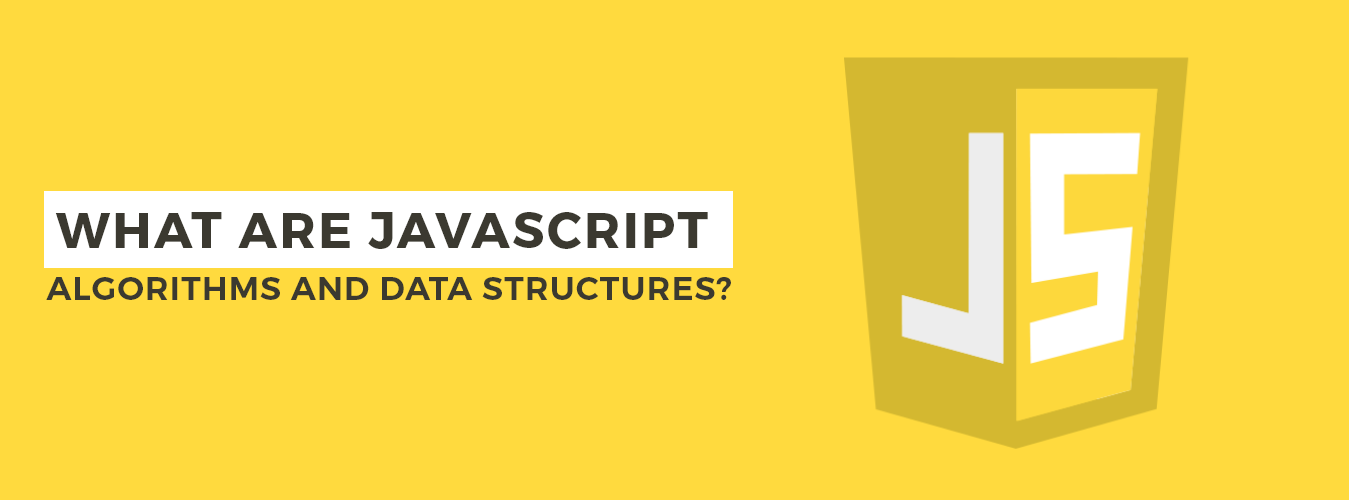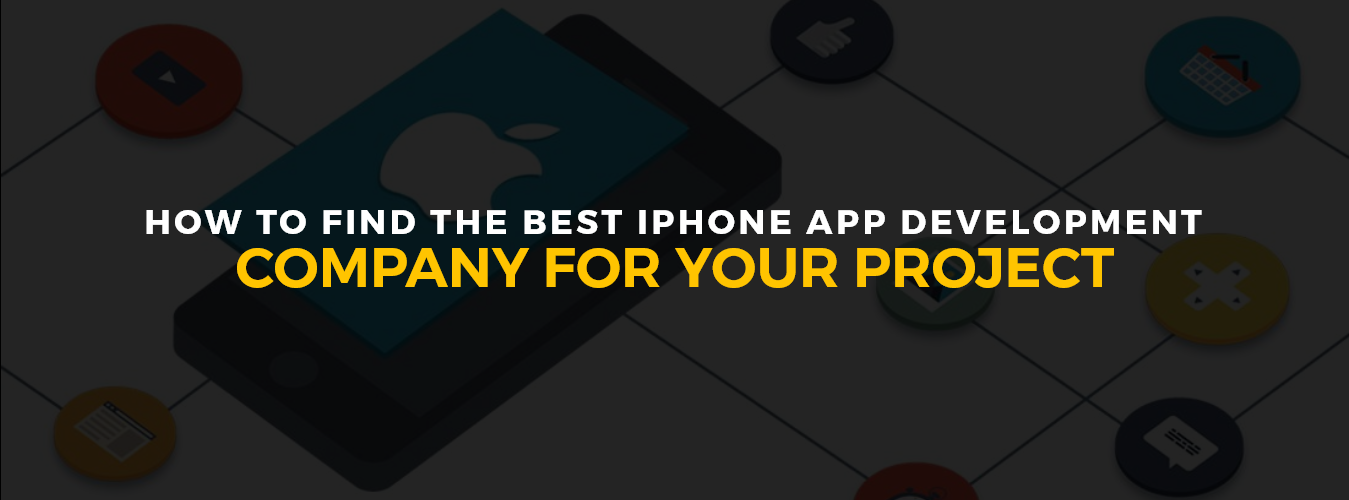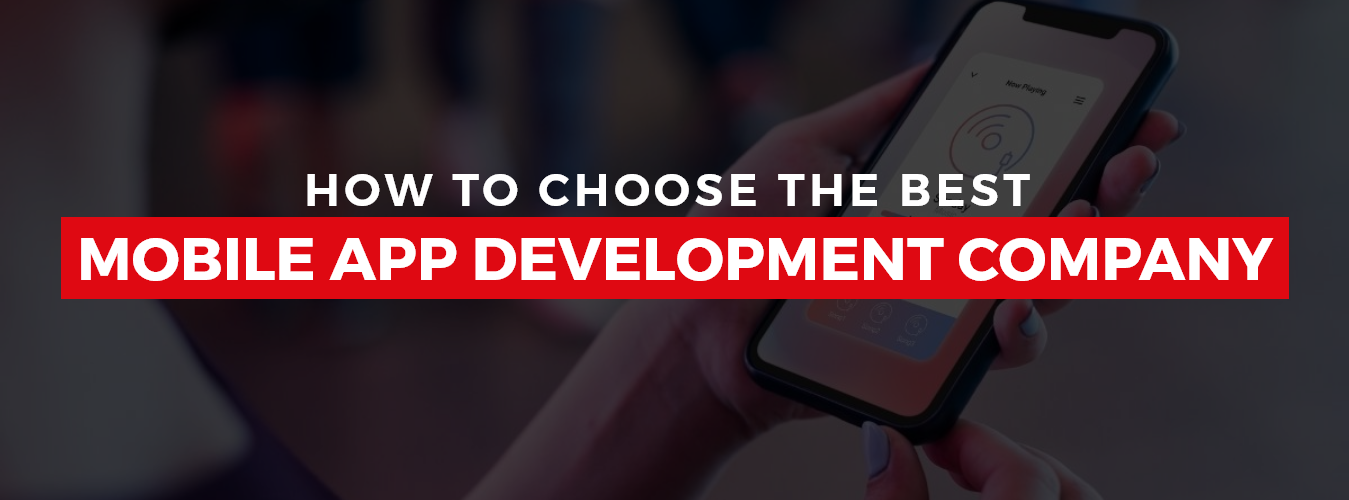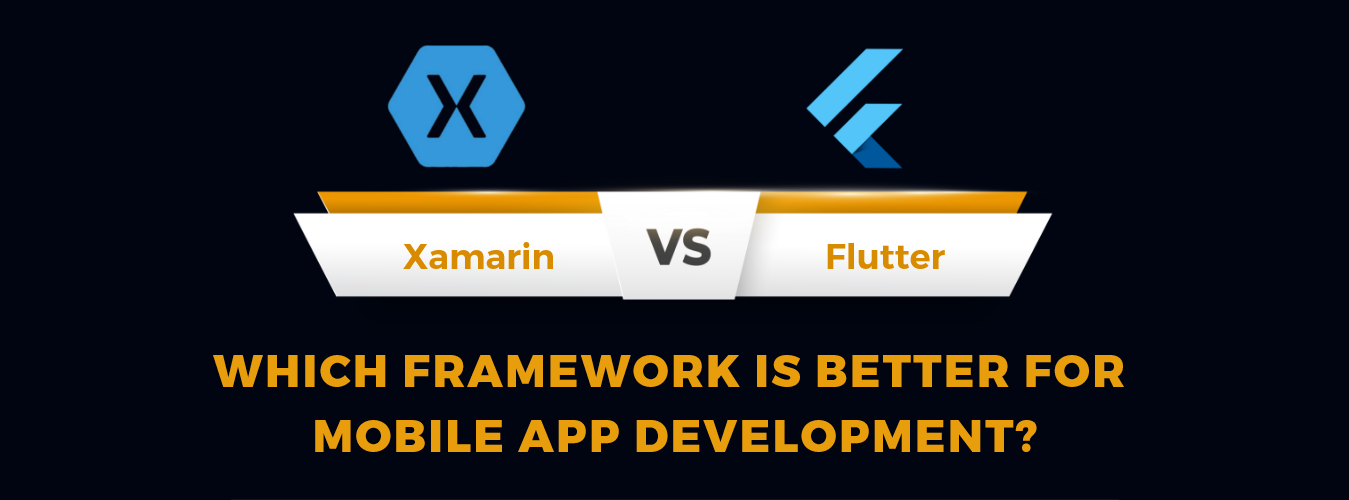Understanding the costs of developing a mobile app for e-commerce is crucial in today’s prospering e-commerce market.
Let’s start with an undeniable fact: the e-commerce industry is flourishing!
The e-commerce landscape constantly evolves, and mobile applications are at the vanguard of this transformation. They enable businesses to communicate directly with consumers, enhance the user experience, and increase sales.
According to Statista, global mobile e-commerce is worth 2.2 trillion USD in 2023, highlighting the significance of efficient e-commerce mobile apps.
Due to the increasing popularity of smartphones and convenience, a well-designed e-commerce app is no longer a luxury but a necessity for businesses seeking to flourish in this competitive market.
Whether you’re a startup looking to establish an online presence or an app development company in Dallas looking to expand into the mobile e-commerce space, this guide is designed to help you comprehend the financial landscape and make decisions that will position you for success.
Let’s discuss!
Understanding your E-Commerce App
This is where the journey gets exciting and complex. Think building an e-commerce app as the foundation upon which you’ll shape your digital storefront:
Defining Your App’s Core Functionality
What is the most crucial objective of your app? Is it primarily an online store, a platform for customer evaluations, or a hybrid of the two simultaneously? Take some time to consider the goals you have set and how you achieve those goals.
Consider the question, what distinctive value will my app bring to users? This establishes the foundation for the fundamental functionality of your project.
Finding the Most Important Characteristics
Picture yourself entering a real-world shop for the first time. What essential components ensure a smooth progression throughout your purchasing experience? In the same way, your app needs fundamental elements like product listings, a shopping cart, safe payment choices, and user accounts. These are the essential components that make up an e-commerce application.
Niche-Specific Functionalities
Depending on your niche, there may be specialized features to consider. Conduct market research to identify the niche-specific functionalities that can set you apart.
Android, iOS, or a Cross-platform?
iOS and Android are two giants, each with their respective user bases. Cross-platform development tools, such as React Native and Flutter, provide the benefit of concurrently constructing for both platforms.
Pros and Cons of Each Platform
- iOS, renowned for its wealthy and devoted user base, provides a stable and regulated environment. However, development can be more expensive due to the App Store’s stringent requirements.
- With a larger share of the global market, Android offers a broader reach. Typically, development is more adaptable, but the ecosystem can be dispersed.
- Cross-platform provides cost-effectiveness and accelerated development but may not wholly leverage the native capabilities of each platform.
Now, look into the complexities of e-commerce app development costs and arm you with the knowledge that helps you gain the most benefits of an e-commerce app.
Cost Factors in E-Commerce App Development
Now that we’ve laid the groundwork for your e-commerce app, it’s time to examine the variables influencing development costs. Figuring out these elements is essential for effective budget management:
Hiring Options (In-House vs. Outsourcing)
This is your first decision point. You can organize an internal team or outsource your project to an e-commerce app development company. In-house teams offer greater control but can be more expensive, whereas outsourcing can be less expensive but requires cautious management.
The expertise of your development team has a direct bearing on the app’s quality and complexity. The cost of highly qualified developers may be higher, but they can deliver a polished product more quickly.
App Complexity: Basic, Intermediate, or Advanced Features
The complexity of your app’s features can substantially affect its costs. Implementing fundamental features like product listings and a purchasing cart is less expensive than implementing advanced features like augmented reality try-ons or AI-driven product recommendations.
Integration with External Services
Integration can increase the development cost if your application relies on third-party services such as payment gateways or transportation APIs. Some services may be subject to fees.
Consider some alternative APIs or services that provide cost savings without sacrificing functionality.
Server Architecture
The infrastructure of your application requires servers for data storage and processing. Your choice of infrastructure (e.g., cloud-based or on-premises) may affect your continuous operational expenses.
Database Structure
How your application stores and retrieves data impacts its efficacy and scalability. Complex database structures can increase the time and cost required for development.
Quality Assurance Procedures
Continuous testing is a must to ensure the smooth running of your e-commerce. This procedure includes testing for usability and performance, among others. The cost increases as testing rigor increases.
SSL Certification and Information Security
In e-commerce, security is a non-negotiable requirement. SSL certification guarantees the transmission of encrypted data. Although this is a standard requirement, prices can vary.
Depending on how your app handles user data, additional security measures may be required. Compliance with data protection regulations can also have a financial impact.
Ongoing Maintenance Fees and App Scalability
Your app’s voyage does not end with its release. You will require ongoing support for updates, problem fixes, and feature expansions.
Your app should scale to accommodate increased traffic and features as your business grows. Planning for scalability can affect future development costs.
Budgeting Your E-Commerce Application
Here is where the financial reality of your aspirations collides:
Allocating Funds to Development Phases
Consider the application development process as a journey with multiple intervals. Budget carefully for the planning, design, development, testing, launch, and ongoing maintenance phases. Focus on the essentials while keeping future scalability in mind. It is good to maintain a financial buffer. A contingency budget can prevent you from dipping into other critical resources in the event of unforeseen obstacles.
Balancing Speed vs. Cost
The development schedule can impact your expenses. Rushing can result in increased costs, whereas a more extended timeline may reduce immediate expenses but delay time to market. Setting reasonable deadlines is essential. Unrealistic deadlines may result in hurried development that compromises quality. Consider industry standards for application development schedules. Contact multiple mobile app development companies, describe your endeavor, and request detailed bids. Ensure that the work scope is clearly defined in your request. Have you prepared a comprehensive project summary for potential development partners? Once you possess multiple proposals, it is necessary to compare them. Consider factors such as the development team’s expertise, portfolio, proposed development strategy, and expected bottom line of the project.
Crafting Your Ideal Mobile App/Experience Starts Here!
Ready to elevate your business? Your custom app is just a click away.
Yes Let’s goCost Ranges
Let’s get into the nitty-gritty of e-commerce app development costs, broken down by complexity level. The prices of each are different, however.
Simple Features, Basic Design
Entry-level apps are optimal for entrepreneurs and small businesses dipping into e-commerce. Typically, these mobile apps concentrate on fundamental features such as product catalogs, shopping carts, and rudimentary payment processing.
Price Estimates: Depending on factors such as platform selection and development team rates, entry-level apps can cost more or less 50,000 USD.
Modest Functions, Tailored Style
For those who wish to distinguish out in a crowded market, mid-range apps provide an optimal balance of affordability and functionality. You will have more design customization options and additional features, such as user accounts, product reviews, and integrations with third-party services.
Price Estimates: Middle-tier applications cost between $50,000 and $150,000. The exact price will depend on your selection of features and design options. Are you willing to invest more to provide a more personalized and engaging shopping experience? If yes, then selecting this option is a wise decision.
Innovative Features and Premium Design
Premium apps are for enterprises that are prepared to make a statement. These applications offer sophisticated features such as augmented reality, AI-driven product recommendations, and intricate design elements. They are intended to impress consumers and leave an enduring impression.
Price Estimates: Premium e-commerce apps are in the major leagues, and their prices exceed $150,000. You must invest more if you require an app with cutting-edge features, including premium design. The more this price goes up, the better attention-grabbing features you’ll get.
Remember that the cost ranges listed here are accurate as of 2023 but may alter depending on various factors, such as your specific needs, the development team’s rates, and market conditions. It is essential to align the complexity of your app with your business objectives and budget.
Hidden Costs and Considerations
Here are the concealed costs and factors to consider for e-commerce application development. These expenses can only save your budget if you’re careful. Let’s highlight these aspects.
Apple App Store and Google Play Store Charges
To present your app to consumers, you must navigate the app stores. The Apple App Store and Google Play Store charge developers a fee. Apple charges a yearly fee of 99 USD, whereas Google Play charges a one-time fee of 25 USD.
Transaction Processing Costs
When a consumer purchases, transaction processing fees must be accounted for. Depending on the payment gateway you choose, these fees may vary. Standard payment gateways, such as PayPal and Stripe, charge a percentage of the transaction amount and a fixed price. Explore available payment gateways and their associated fees. Some gateways may offer volume-based pricing, meaning that as your sales increase, so may your fees.
Marketing and Promotion
Creating e-commerce apps is only the beginning. Marketing and promotion are required to encourage users to obtain, utilize, and purchase through your application. These costs include advertising expenditures, social media campaigns, and possibly working with influencers or affiliates.
Privacy Policies, Service Terms, and the GDPR:
Compliance with legal requirements is not just a best practice but essential. You may require legal representation to develop privacy policies and terms of service. Compliance with the General Data Protection Regulation (GDPR) is necessary if you serve consumers within the European Union.
User Data Collection for Insights:
To make smart decisions and improvements to your app, you need to know how users interact with it. The implementation of analytics and monitoring tools incurs expenses. Google Analytics, for instance, provides a free version with premium features under Google Analytics 360.
Strategies for Optimal Cost Management
Let’s discuss strategies for optimizing costs while maintaining the robustness and competitiveness of your e-commerce application. Consider these strategies your secret equipment for maximizing your return on investment.
Building a Minimum Viable Product (MVP)
The MVP strategy is revolutionary. Instead of including your desired features in the initial release, prioritize those that provide the most value to users. This reduces development costs and brings your app to market faster.
The Iterative Development Method
After releasing your MVP, collect user feedback and iterate. This involves incremental enhancements based on actual user data. It’s cost-effective because you’re refining your app based on the user’s requirements.
Leveraging Open-Source Frameworks
Open-source solutions can be a financial boon. These are commonly open-source, community-driven software tools and frameworks. There are open-source alternatives for everything from frameworks for app development to databases. Popular open-source frameworks for mobile application development include React Native and Flutter.
Avoiding Over-Engineering at the Start
Agile project management methodologies, such as Scrum and Kanban, encourage adaptability. Using tools, you can adapt to shifting requirements and priorities as the project progresses.
According to Knowledgehut, 63% of organizations practicing agile report benefits from agile project management with enhanced ability to manage change priorities.
Bottom Line!
Acquiring the result-oriented e-commerce app development services is an investment, not a mere expense. It is an investment in the expansion and longevity of your business. Consider the potential returns, increased customer engagement, and expanded market reach while weighing the costs. Ensure your mobile app is equipped with e-commerce technology trends and can adapt to evolving customer requirements. Regular updates, feature enhancements, and regulatory compliance will keep your application pertinent and competitive.
We hope this article has given you the knowledge and confidence to navigate the complex e-commerce app development pricing. If you have concerns or need further guidance, don’t hesitate to contact AppVerticals.

